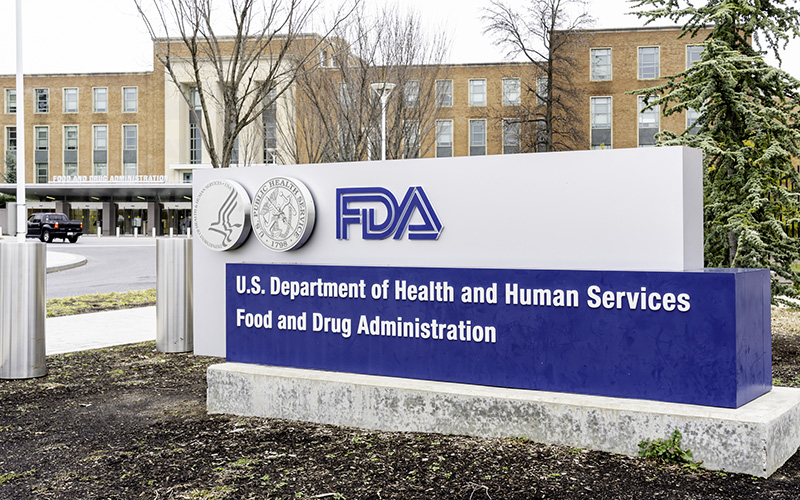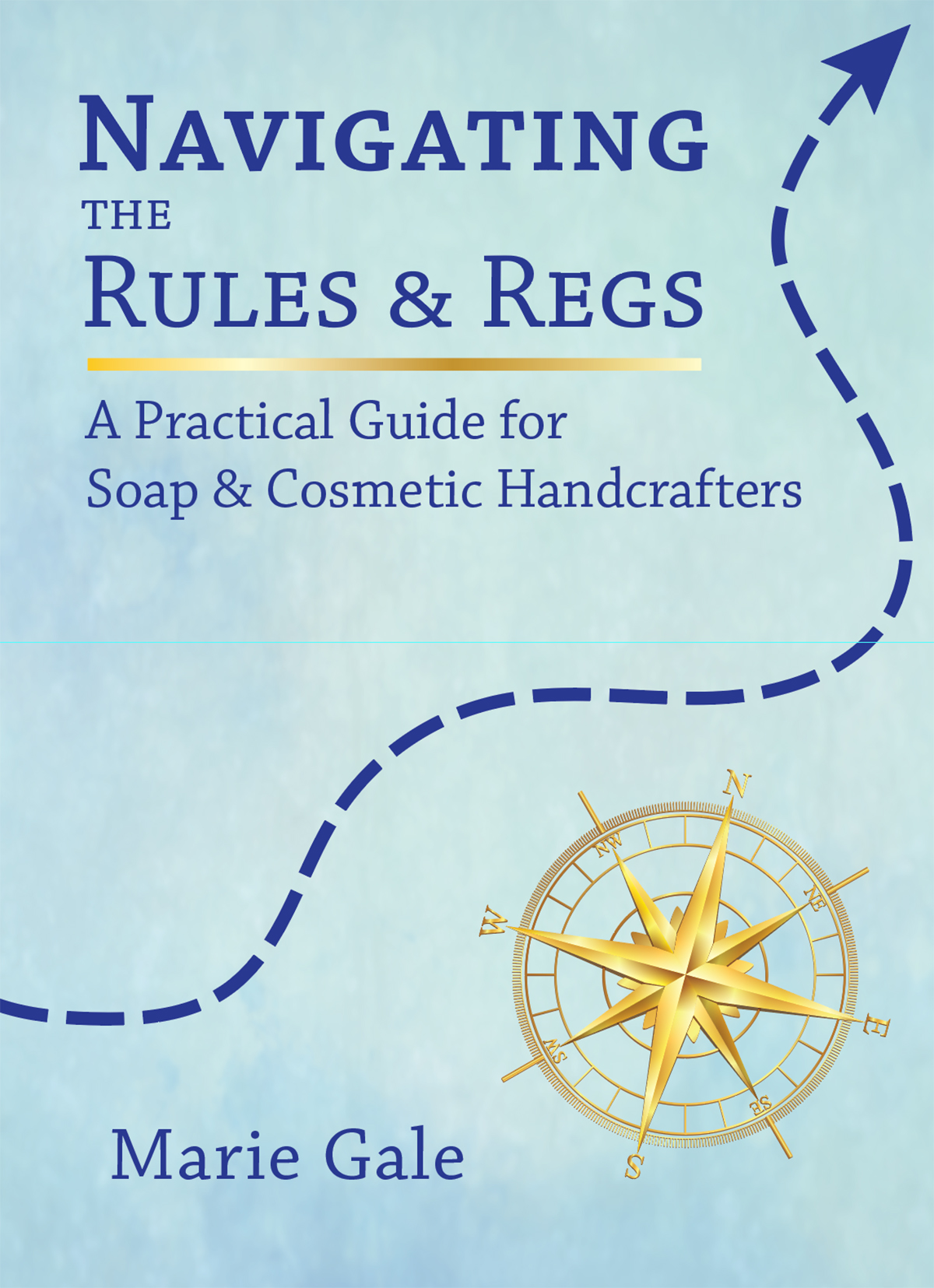NOTE: This post is not specifically about handcrafted soap and cosmetics, but more about FDA enforcement generally.
The Food Drug and Cosmetic Act defines the “label” as the written printed or graphic matter on the immediate container of a product and, and defines “labeling” as all written, printed, or graphic matter accompanying an article at any time. The FDA has authority over cosmetic, drug, food, and tobacco labels and labeling.
Advertising is information about a product that does not directly accompany the product, such as radio, magazine, or TV ads. The Federal Trade Commission (FTC) has authority over “truth in advertising” for all products (including cosmetics, drugs, foods, and tobacco) to ensure that the advertising is not false or misleading.
Where Does Social Media Fit In?
So far the FDA hasn’t finalized any rules that address statements made in social media and how they are to be regulated. But the FDA most definitely looks at social media to see what is being said about a product.
Just recently the FDA (in conjunction with the FTC) issued four warning letters to companies manufacturing, marketing, and advertising vape products. Each one said that the social media accounts (Facebook, Instagram, and/or Twitter) of the company had been reviewed, looking for “labeling and/or advertising.”1
The companies were issued warning letters for failure to provide required warning statements. Vape and tobacco products are misbranded if the labeling and/or advertising doesn’t include the required nicotine warning statement: WARNING: This product contains nicotine. Nicotine is an addictive chemical. In other words, the social media posts should have included ALL of the required labeling content.
What About Third-Party Information?
While the FDA hasn’t finalized regulations, they have issued a DRAFT guidance for industry, Internet/Social Media Platforms: Correcting Independent Third-Party Misinformation About Prescription Drugs and Medical Devices. The draft guidance applies to prescription drugs and medical devices, but it gives an idea of their current thinking about incorrect information published online.
Keep in mind that prescription drugs and medical devices have many more requirements for their labels and labeling than do cosmetics. In particular, when providing information about a prescription, the company is normally required to provide ALL of the labeling information, including contra-indications, adverse reactions, etc. Tobacco and vape companies likewise have required warning statements that must be included in labeling and advertising.
The draft guidance gives drug companies a bit of leeway in correcting misinformation so they don’t have to provide ALL that information, so long as they stay within the guidelines of the draft guidance. In general, some of the key points2 are:
- If the company has responsibility and control over the content (that is, company staff or someone authorized by the company generated it), then it must comply with the laws and contain all the required information.
- If the content is published by a completely independent third party, the company is not obligated to respond to or correct misinformation (but may if they want to).
- If the content is user-generated (comments, reviews, forum posts) and the company is moderating and controlling the content, they must respond to and correct any misinformation.
- If the content is user-generated but the company doesn’t have control over it (even if it is on their website, but they clearly do not monitor or respond), then they are not required to correct any misinformation (but may if they choose to do so).
- If the company chooses to correct misinformation (regardless of where it appears), their response may omit the required warnings and disclosures, but it must be:
- Relevant and responsive to the misinformation
- Limited and tailored to the misinformation;
- Non-promotional in nature, tone, and presentation;
- Accurate.
- If the company violates the guidelines on how to correct the misinformation (and particularly if they start promoting that product or another one), then they must provide all of the relevant and required warnings and disclosures.
The Takeaways
- When reviewing or investigating a product, the FDA (and the FTC) do look at statements made on social media.
- Statements made on social media may be considered labeling and/or advertising; they may be used to determine the intended use of your product.
- If you have control over user-generated content, then you have a responsibility to ensure that any misinformation about your product is corrected. That may include correction or removal of any information that implies the product is intended for drug (rather than cosmetic) use.
- If you do NOT have control over third-party content, including any user-generated content, then you are not obligated to correct misinformation (but may if you choose to).



Leave a Reply